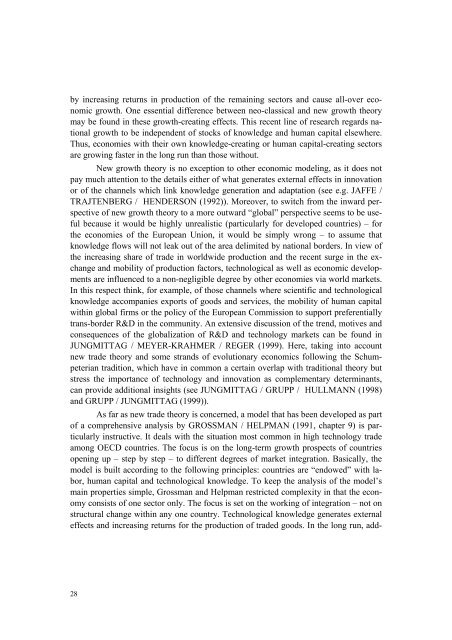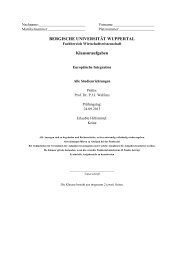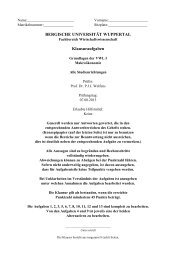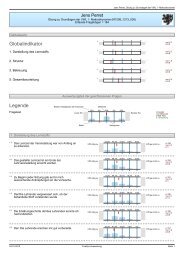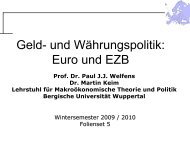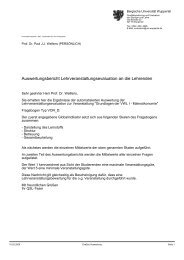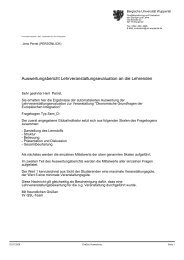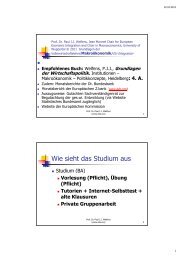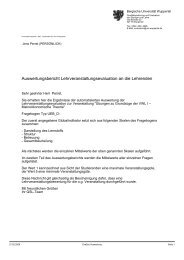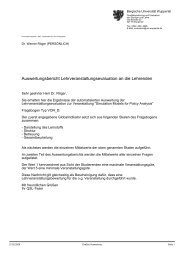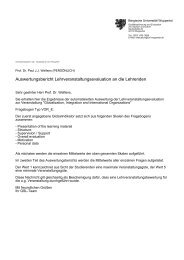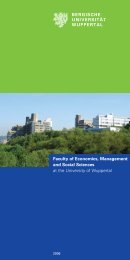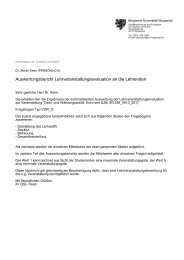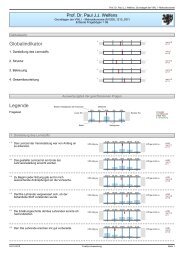UNIVERSITÄT POTSDAM - Prof. Dr. Paul JJ Welfens
UNIVERSITÄT POTSDAM - Prof. Dr. Paul JJ Welfens
UNIVERSITÄT POTSDAM - Prof. Dr. Paul JJ Welfens
Create successful ePaper yourself
Turn your PDF publications into a flip-book with our unique Google optimized e-Paper software.
y increasing returns in production of the remaining sectors and cause all-over economic<br />
growth. One essential difference between neo-classical and new growth theory<br />
may be found in these growth-creating effects. This recent line of research regards national<br />
growth to be independent of stocks of knowledge and human capital elsewhere.<br />
Thus, economies with their own knowledge-creating or human capital-creating sectors<br />
are growing faster in the long run than those without.<br />
New growth theory is no exception to other economic modeling, as it does not<br />
pay much attention to the details either of what generates external effects in innovation<br />
or of the channels which link knowledge generation and adaptation (see e.g. JAFFE /<br />
TRAJTENBERG / HENDERSON (1992)). Moreover, to switch from the inward perspective<br />
of new growth theory to a more outward “global” perspective seems to be useful<br />
because it would be highly unrealistic (particularly for developed countries) – for<br />
the economies of the European Union, it would be simply wrong – to assume that<br />
knowledge flows will not leak out of the area delimited by national borders. In view of<br />
the increasing share of trade in worldwide production and the recent surge in the exchange<br />
and mobility of production factors, technological as well as economic developments<br />
are influenced to a non-negligible degree by other economies via world markets.<br />
In this respect think, for example, of those channels where scientific and technological<br />
knowledge accompanies exports of goods and services, the mobility of human capital<br />
within global firms or the policy of the European Commission to support preferentially<br />
trans-border R&D in the community. An extensive discussion of the trend, motives and<br />
consequences of the globalization of R&D and technology markets can be found in<br />
JUNGMITTAG / MEYER-KRAHMER / REGER (1999). Here, taking into account<br />
new trade theory and some strands of evolutionary economics following the Schumpeterian<br />
tradition, which have in common a certain overlap with traditional theory but<br />
stress the importance of technology and innovation as complementary determinants,<br />
can provide additional insights (see JUNGMITTAG / GRUPP / HULLMANN (1998)<br />
and GRUPP / JUNGMITTAG (1999)).<br />
As far as new trade theory is concerned, a model that has been developed as part<br />
of a comprehensive analysis by GROSSMAN / HELPMAN (1991, chapter 9) is particularly<br />
instructive. It deals with the situation most common in high technology trade<br />
among OECD countries. The focus is on the long-term growth prospects of countries<br />
opening up – step by step – to different degrees of market integration. Basically, the<br />
model is built according to the following principles: countries are “endowed” with labor,<br />
human capital and technological knowledge. To keep the analysis of the model’s<br />
main properties simple, Grossman and Helpman restricted complexity in that the economy<br />
consists of one sector only. The focus is set on the working of integration – not on<br />
structural change within any one country. Technological knowledge generates external<br />
effects and increasing returns for the production of traded goods. In the long run, add-<br />
28


